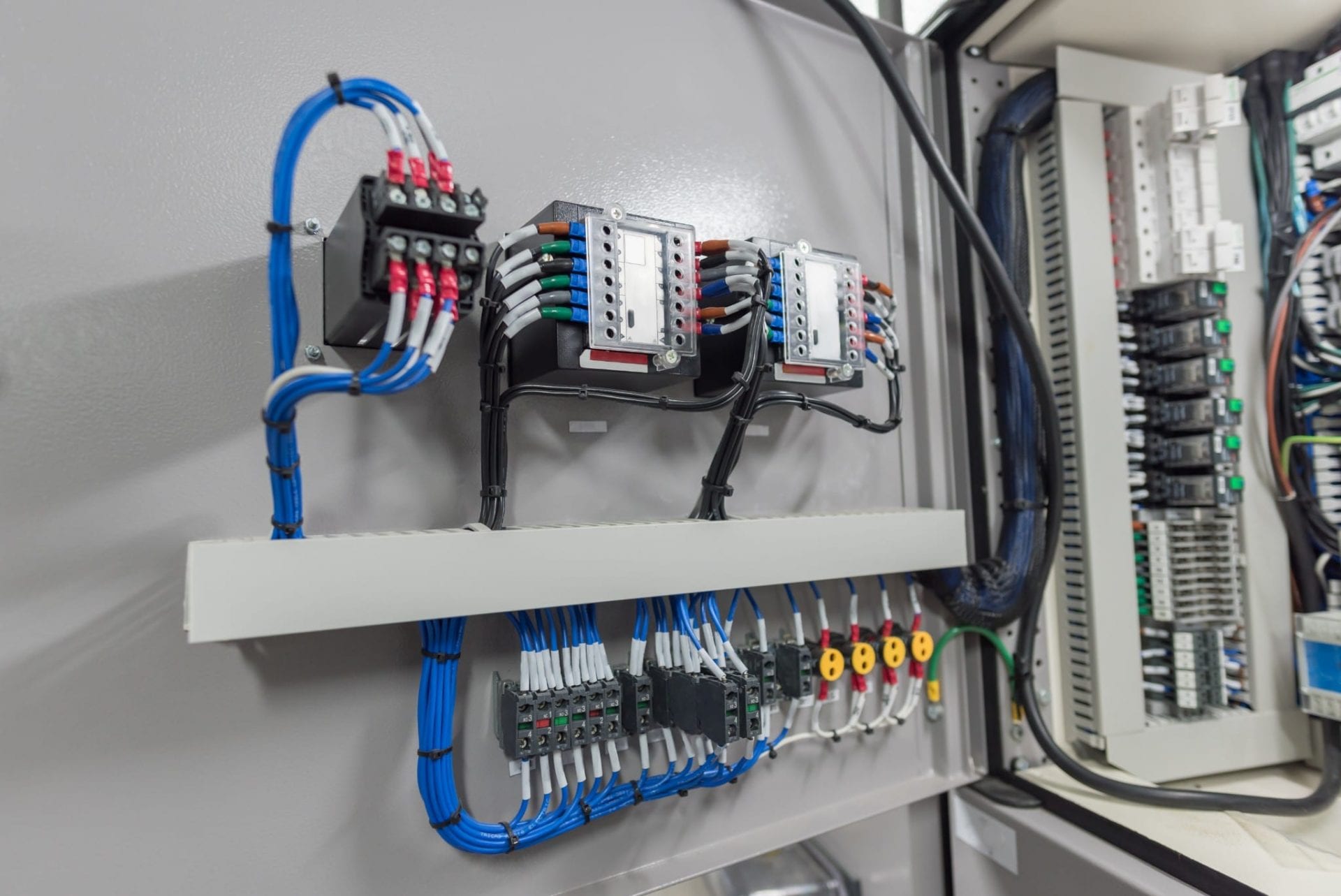A Beginner's Guide to Electrical Wiring: A Detailed Overview

Electrical wiring is an essential part of any home, and understanding it is essential for every homeowner. It is not just important to ensure the smooth running of your house however, it is crucial for your security. In this article, we’ll examine the fundamentals of electrical wiring and the importance of safety, and the benefits of employing an accredited residential electrician to handle all of your electrical wiring needs.
Understanding the basics of electrical wiring
Wiring for electrical purposes is the system of electrical conductors that run through your home, carrying electrical power to your appliances as well as lighting fixtures. It is formed by electrical circuits which connect your electrical power source with your gadgets. Electrical circuits are made up of switches, wires and other electrical components that function to form a secure and reliable electrical system. There are various kinds of electrical wiring, including aluminum, copper, as well as wire insulation types such as PVC, rubber, or paper.
Planning and Preparation for Electrical Wiring
Before installing the new wiring for electrical use, it is important to consider many factors to consider, including the type of wiring you need, the capacity of your electrical system, and your power requirements. In addition, it is essential to be aware of electrical wire regulations as well as permits needed in your area. To be prepared your electrical wiring system, you must create an electrical plan and assess your electrical requirements. This will ensure that your electrical system is safe, efficient, and meets your power requirements.
Materials and Tools Required to conduct electrical wiring
When making new electrical wiring, it is crucial to have the right tools and materials available. The most important tools are strippers, wire cutters, pliers, and an electrical voltage tester. Other items required to conduct electrical wiring are electrical tape, wire nuts, conduit along with electrical boxes. It’s also beneficial to be equipped with a wiring diagram to guide you through the process of installing.
Step-by-Step Guide for Electrical Wiring Installation
Installing electrical wiring can be complicated however, with the right tools and knowledge you can do it in a safe and efficient manner. This is a step-by-step guide to installing electrical wiring inside your home:
Turn off the power to the location where you’ll be working.
Create a wiring plan and mark where the wiring will be installed.
Install electrical conduits and electrical boxes where necessary.
Cut and strip the wires to the proper length.
Make sure you connect the cables to your fixtures or devices that you’re wiring.
Connect the wires with wire nuts, electrical tape or even conduit straps.
Check the wiring to make sure it is functioning properly.
When installing the wiring it is essential to adhere to wiring installation best practices and tips. Also, be conscious of common mistakes you need that you should avoid while installing wiring such as wiring circuits that are too large, using damaged wires, or using the wrong type of wire to accomplish the task.
Troubleshooting Electrical Wiring Issues
Even with careful planning in the installation and design, wiring issues may develop. Common problems include wiring damages, circuit overloads, and electrical shorts. To solve these issues, it is important to know about common electrical wiring issues and be aware of how to effectively and safely tackle these issues. It is also essential to follow the proper electrical safety protocols in the event of a problem with electrical wiring including shutting off the power and wearing appropriate safety gear.
Conclusion
Understanding the electrical wiring in your home is essential for your safety and for the proper operation that your electric system provides. It is important to hire an accredited electrician to ensure that your wiring is set up and maintained properly. At Local Electrician Mount Annan, we provide a range of electrical services that include wiring installation and repair. Call Local Electrician Mount Annan at 1300 610 481 for all of your electrical wiring needs.
Electrical Wiring FAQ
Here are some frequently asked questions regarding electrical wiring, along with other safety guidelines and best methods for electrical wiring installation and repair:
What kind of wire should I choose to wire my electrical circuit?
The type of wire that you will need for your electrical wiring depends on your specific needs and the local building code. It is essential to choose the correct wire gauge along with the insulation type, as well as wire material to ensure safety and efficiency that your electric system is running at its best.
Can I install an electrical wire of my own?
Although it is possible to build your own electrical wiring, it is essential to have the proper expertise and experience to do so effectively and safely. In the majority of instances it is advised to hire a licensed electrician to ensure that the wiring is installed and maintained correctly.
How often should I inspect my electrical wiring?
It is recommended that you have your electrical wiring inspected every 10 years or whenever you notice indications of electrical issues like frequent trips to the circuit breaker or electrical shocks.
What should I do if I notice electrical wiring problems in my home?
If you observe any electrical wiring issues within your home, for example, flickering lights or outlets that don’t function, it’s important to address them immediately. Turn off the power to the area in question and then contact a licensed electrician to determine and fix the problem.
By following these tips and best practices, you can make sure the electrical wires are secure and functioning properly. Be sure to put safety first and seek out a licensed electrician when needed. Reach out to Local Electrician Mount Annan at 1300 610 481 to discuss all of your electrical wiring requirements.
